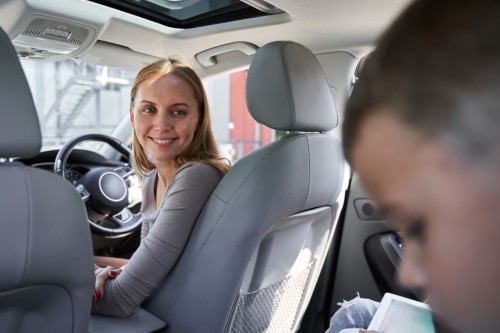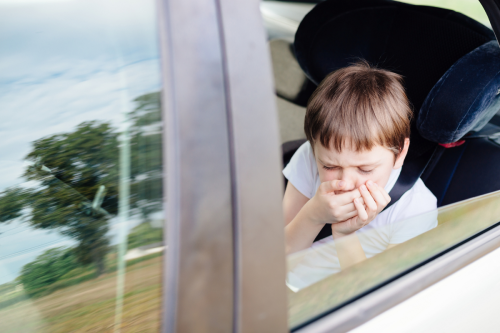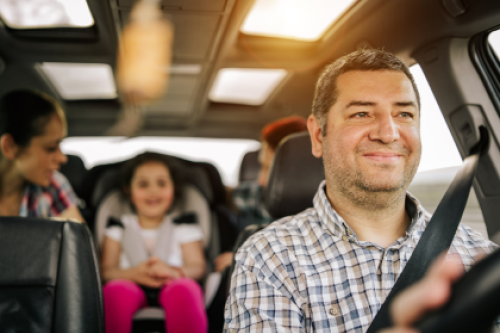
School holidays bring a chance to relax, explore, and spend time with family.
With more children out and about as pedestrians, cyclists, and passengers, it’s also a critical time to focus on road safety. Whether you’re driving, supervising play, or teaching your kids how to navigate traffic, these tips will help ensure everyone stays safe.
Safety First for Young Pedestrians
Children are among the most vulnerable road users because they lack the skills to judge speed, distance, and potential hazards. Their impulsive nature means adult supervision is key:
• Hold hands and supervise: When walking near roads or crossing streets, hold your child’s hand and lead by example, showing them how to check for cars in all directions.
• Use safe crossings: Always use designated pedestrian crossings or traffic lights, and teach kids to stop, look, listen, and think before stepping onto the road.
• Be visible: Bright clothing can make children more noticeable to drivers, especially during early mornings or evenings.
• Avoid driveways: Children playing around driveways or near parked vehicles are at high risk. Keep their play areas well away from traffic.
Safe Travels as Passengers
Whether driving to the local pool or heading out on a family road trip, ensuring your children are safe passengers is non-negotiable:
• Buckle up every time: Make sure every passenger is wearing a seatbelt or appropriate child restraint. This simple action can halve the risk of injury in a crash.
• Use booster seats correctly: For children under seven, approved booster seats are a must. For older kids, ensure seatbelts fit properly across their chest and hips.
• Kerbside exit only: Teach children to enter and exit vehicles from the rear door closest to the kerb, keeping them away from traffic.
• Minimise distractions: Remind passengers to avoid loud or distracting behaviour so drivers can focus on the road.
Tips for Young Cyclists and Skaters
Holidays often mean more time riding bikes, scooters, and skateboards. Keep your child safe with these tips:
• Wear a helmet: A correctly fitted helmet is essential and can significantly reduce the risk of head injury.
• Stick to safe areas: Encourage riding in parks or other safe spaces away from traffic.
• Supervise younger riders: Children under ten should ride with an adult, as their ability to judge traffic is still developing.
Reminders for Parents and Young Adult Drivers
Parents and young drivers have a special responsibility to set the tone for road safety:
• Expect the unexpected: Children may dart out unexpectedly, especially near playgrounds or schools. Drive cautiously and stay alert in suburban areas.
• Slow down in school zones: Many children use these spaces during holidays for activities or gatherings, so still slow down even if the 40 km/h limit is not in affect.
• Never leave kids in cars: Even for a short time, parked cars can become dangerously hot. Always take your children with you.
• Plan for safety: If you’re heading out for holiday fun, ensure your car is roadworthy and your plans include plenty of rest breaks for longer trips.
By working together and modelling safe behaviour, we can ensure this school holiday season is filled with joy, not avoidable tragedy. Stay vigilant, buckle up, and have fun!
For more road safety tips and resources, visit the Towards Zero website.



